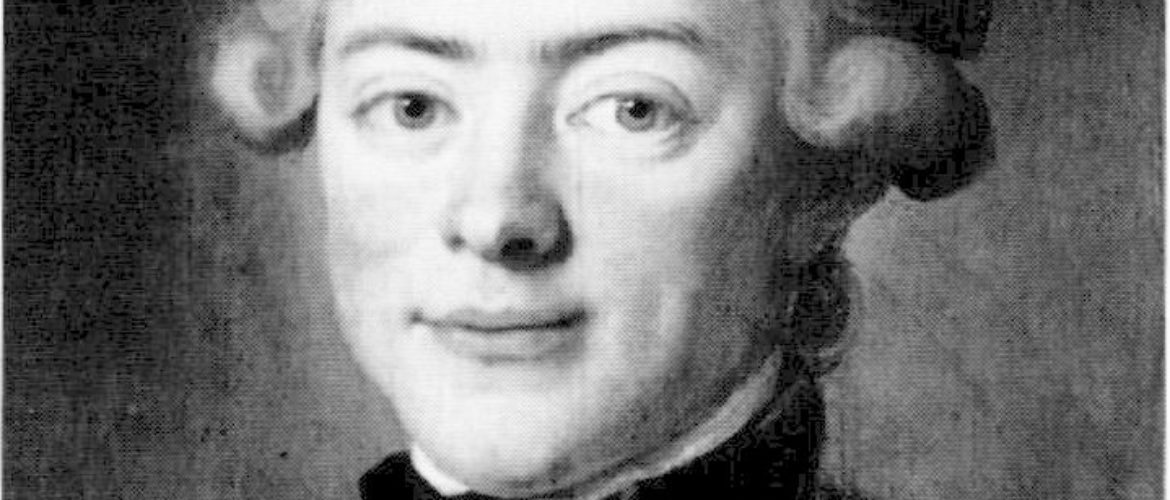1814–1874.
Physicist.
Anders Jonas Ångström is best known as one of the founders of the optical spectroscopy.
Ångström was the first to observe the spectrum of hydrogen, an observation that formed the basis of the Balmers formula and thus constituted the experimental basis for Bohr's atomic theory.
Ångström studied the solar spectrum in depth, especially the lines of Frauhofer. The Recherches sur le spectre sunaire Study (1868) contained a precise determination of the wavelengths of the lines of Fraunhofer. In addition, Ångström made regular observations in several locations to provide a basis for the complete production of magnetic conditions in Sweden.
Ångström was also the first to investigate the northern lights spectroscopally. The unit for light wavelength, corresponding to 0.1 nanometers, was adopted as an international unit and was named Angstrom.
Anders Ångström was Professor of physics in 1858 – 1874 and was elected to the Academy of Sciences in 1850.
1996 the Ångström laboratory was inaugurated at Polacksbacken, where a number of science disciplines related to physics and chemistry have been given their research centres.
Burial site: 0113-0666
Image description: Professor A.J. Ångström, 1862. Photo: Mathias Hansen / UUB. [The image is cropped]
Click here for an uncropped image














